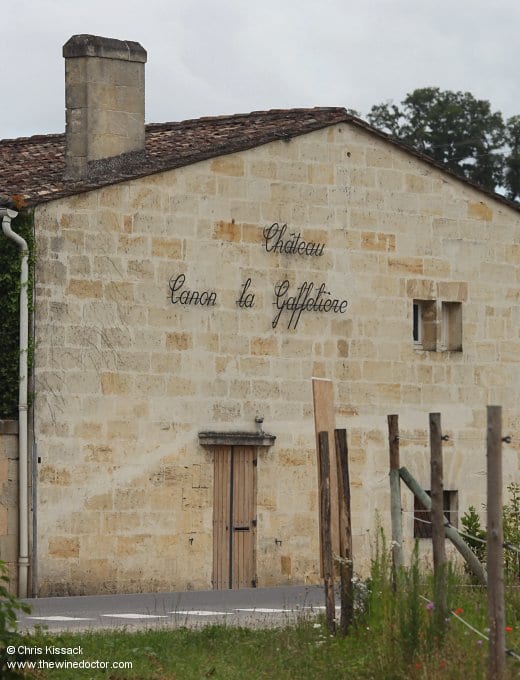Château Canon-la-Gaffelière
The land around St Emilion is no stranger to viticulture. During the 1960s archaeological excavations at Château La Gaffelière, which neighbours Château Canon-la-Gaffelière, unearthed Roman mosaics, today on display in the La Gaffelière tasting room, which clearly depict the planting of vines, presumably a local activity. During the Middle Ages this particular part of Bordeaux was, however, put to a very different use. At that time there stood here a leprosarium, or leper hospital. Leprosy had been present in Europe since at least 62 BC, the first documented case in the Roman Empire having been in a soldier returning from Asia Minor. The disease was prevalent across Europe by the 7th century, and there was a need to house and care for those afflicted, as well as protect the healthy members of the populace. The maladrerie at the foot of the hill of St Emilion (itself a town of Roman origin of course) served an obvious purpose, welcoming in passing lepers before they should make their way up to the town. From this association with leprosy grew the name Gaffelière, this being a derivative of gaffet, an old Occitan word for a leper.
During the 16th and 17th centuries the incidence of leprosy in Europe went into a steep decline (quite why remains a topic of hot debate); the old hospital had served its purpose, and it was converted into an inn. During the 18th century it became a popular venue for the bourgeoisie of the town, who rather than avoiding it as their ancestors had done, would now trek down the hill to enjoy a little wine-fuelled socialising and gambling. The wine surely came from the vines on the domaine’s doorstep, as even at this early stage the vine was well established here. Records from the offices of Beylot et Fils, négociants based in Libourne, prove that wine had been made at Gaffelière by a Monsieur Trianson as early as 1777.

Please log in to continue reading:
